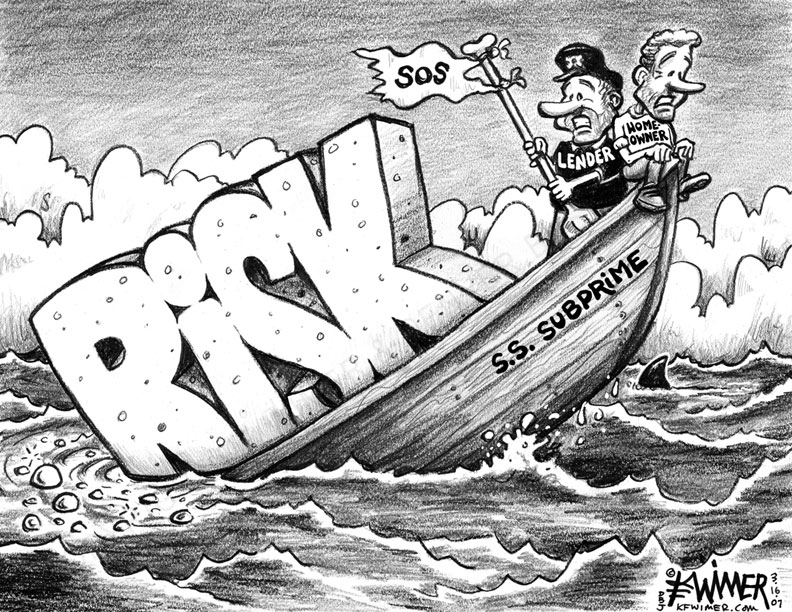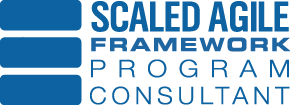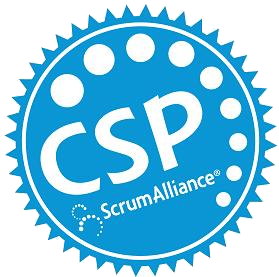
Alignment
In our consulting experience we have found many clients are excited to drink the Agile “kool-aid’ but for one reason or another fall short of a successful transition. There are many reasons failed transitions but one pattern that we have observed is a lack of “Enterprise Alignment.” So what do we mean by “Enterprise Alignment.”
An organization’s Enterprise Alignment is wrapped around three areas: technical architecture, business process, and culture. We have found that change initiatives fail when these three areas do not map to the overall goal of an Agile transformation.
For example, if an organization’s Agile transformation goal is to deliver business value fast, then all three Enterprise Alignment areas should align to that goal. Perhaps the technical delivery architecture take on continuous delivery characteristics, the business process would be focused on the flow of business priorities, and the culture would reflect a disciplined focus on shipping software.
Organizations fall short when they partially align themselves around these goals. They may have the technical architecture in place to enable fast delivery of software but are still operating on quarterly release schedules. Conversely the business process may be flowing the highest priority MMF’s or MVP’s to the development teams but the technical delivery approach is geared towards releasing batches of features through manual, late night deployments. Finally organizations may have the technical architecture and business process in place to flow features to production but lack the cultural discipline and collective ownership needed to consistently ship high quality software to production.
When considering an Agile transformation ask yourself, does my organization have the executive tolerance, courage, and leadership necessary to align the technical architecture, business process, and culture around the Agile transformation goal?



 We’ve all observed the guy or gal at the daily standup that takes 5 minutes to report everything he or she is working. It’s almost a badge of honor to be soooo busy. However, a good Scrum Master would raise this up as an impediment to the team. Why might you ask? Lets answer that question with one of my favorite people skills. Answering a question with a question!
We’ve all observed the guy or gal at the daily standup that takes 5 minutes to report everything he or she is working. It’s almost a badge of honor to be soooo busy. However, a good Scrum Master would raise this up as an impediment to the team. Why might you ask? Lets answer that question with one of my favorite people skills. Answering a question with a question!









